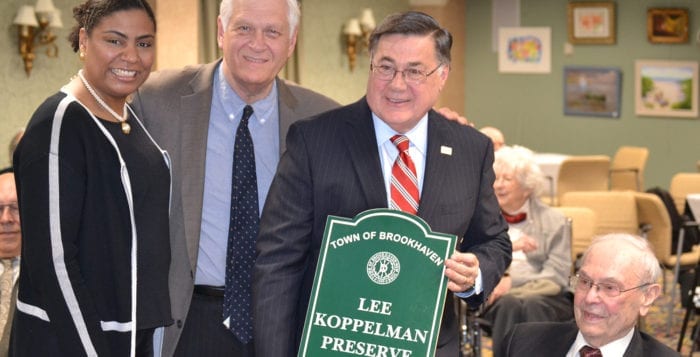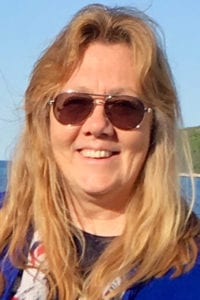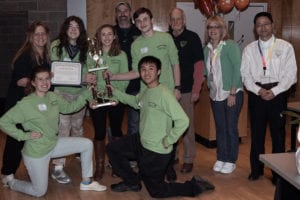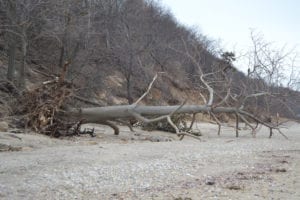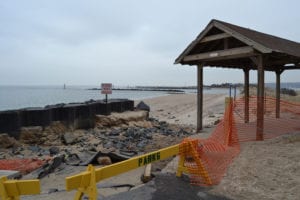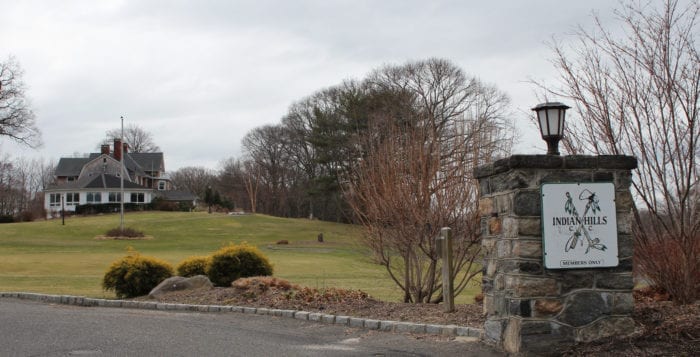Suffolk County has signed off on joining New York State in suing the Environmental Protection Agency for dumping dredged materials in Long Island Sound.
Gov. Andrew Cuomo (D) and New York Attorney General Eric Schneiderman (D) announced last summer the state would be taking legal action against the EPA after in 2016 the agency moved to increase the number of open water dumping sites in the Sound from two to three, despite a call from state government leaders of both New York and Connecticut in 2005 to reduce and eventually eliminate the practice of dumping in the Sound.
The Eastern Long Island Sound Disposal Site, now a permanent open water site for the disposal of dredged materials, is midway between Connecticut and New York, and less than 1.5 nautical miles from Fishers Island, which is part of Southold Town and Suffolk County, despite technically being in Connecticut’s waters. The disposal site is in an area that had never before been used for open water disposal.
Legislator Al Krupski (D-Cutchogue), who represents Southold, Riverhead and communities in eastern Brookhaven, initiated the legislation directing Suffolk County to join the action against the EPA.
“This is another step in a decades-long fight to try and get the EPA to play by the rules,” Krupski said. “The Long Island Sound is threatened by pollution, warming waters and acidification, and the last thing that should be done is to dump potentially toxic substances into the estuary.”
Legislators Sarah Anker (D-Mount Sinai), Kara Hahn (D-Setauket), William “Doc” Spencer (D-Centerport) and Leslie Kennedy (R-Nesconset) joined Krupski in sponsoring the legislation authorizing the county to join the lawsuit.
“For more than the 30 years, leaders from both shores of the Long Island Sound have invested heavily on a cooperative effort to restore its life and majesty,” said Hahn, the chairwoman of the Legislature’s Environment, Planning & Agriculture Committee. “As such, the decision by our neighbor to the north to dump potentially toxic pesticides, heavy metals and industrial by-products into the Sound is nearly as dumbfounding as the Environmental Protection Agency’s willingness to allow it.”
Cuomo made the case against expanded dumping when the lawsuit was announced.
“We will continue to do everything in our power to protect New York’s environment, and with the EPA’s unfathomable and destructive decision to turn the eastern Long Island Sound into a dumping ground — now is the time for action,” Cuomo said in 2016. “We will establish that this designation not only poses a major threat to a significant commercial and recreational resource, but that it also undermines New York’s long-standing efforts to end dumping in our treasured waters.”
Last year, Brookhaven and Southold towns joined the lawsuit, which contends the EPA failed to adequately investigate alternatives to open water disposal and overestimated the need for the new site. It also alleges the Long Island Sound Dredged Material Management Plan, which was approved by the EPA, violates the Ocean Dumping Act and Coastal Zone Management Act, and cited a “failure to address environmental impacts on the Long Island Sound.” The body of water was designated an Estuary of National Significance by the EPA in 1988 and is recognized as an important economic engine for Suffolk County and all of Long Island, supporting both recreational and commercial businesses and contributing billions of dollars to the regional economy.
“We’re here to send a very strong message — that we are opposed to dumping in the Sound,” Romaine said during a press conference Aug. 28 at Cedar Beach in Mount Sinai. “The State of New York and this governor, Andrew Cuomo, has done a great service to this state and to the residents of Long Island by working to enjoin, in the court, the EPA from allowing continued dumping in the Sound.”


